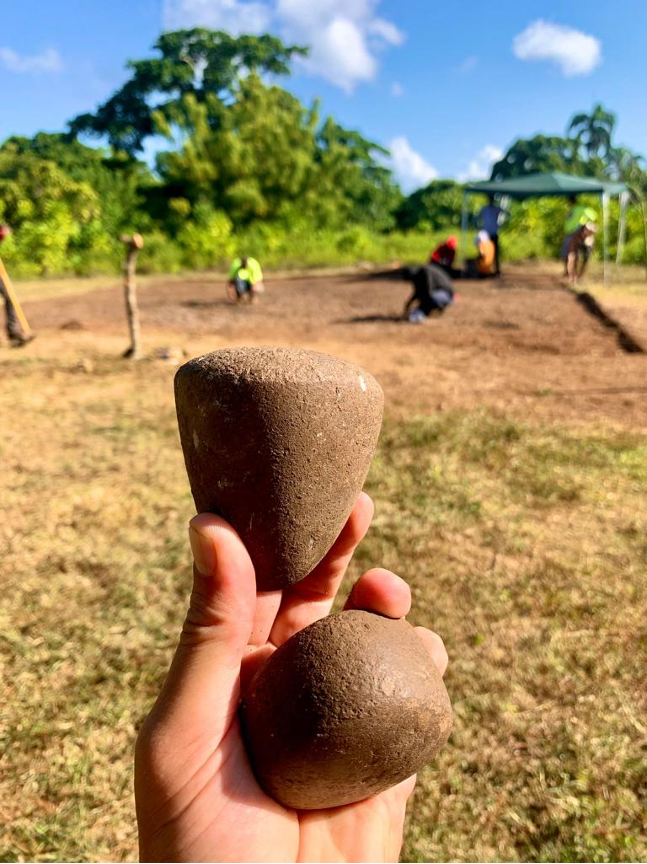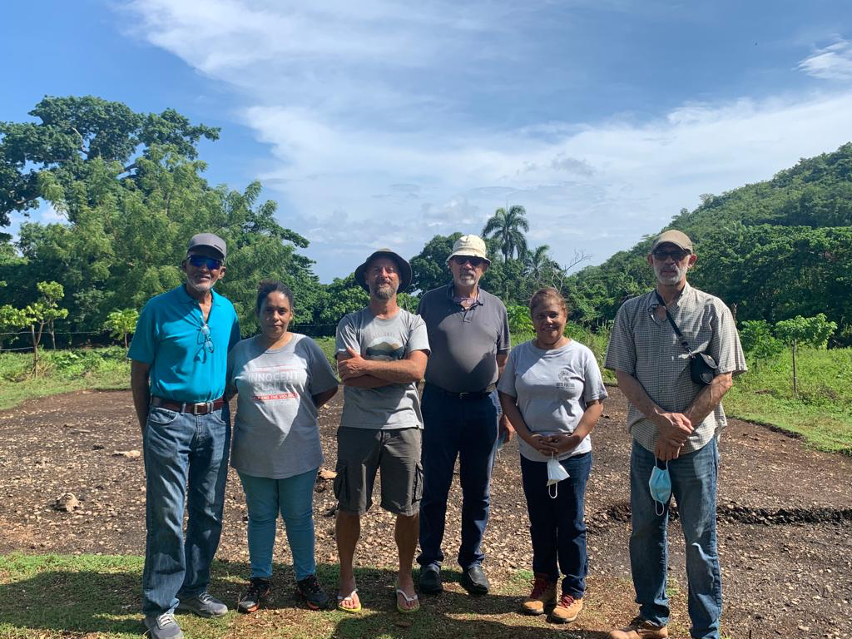
Rare pre-Columbian archaic settlement discovered in the Dominican Republic
Archaeological information on the first settlement of the Central American islands is rather scarce. The only existing data date back approximately fifty years and were obtained from sporadic research carried out in a non-scientific manner and published unsystematically. Furthermore, the subsequent settlement of agricultural groups that populated Hispaniola contributed to erasing the traces of the oldest population, especially on the larger islands.
While previous studies (in particular that published by this Sapienza research group in the journal Nature about the genomics of Caribbean peoples) have clearly highlighted the peopling pattern of the Taino agriculturalist groups, the origin of the pre-ceramic archaic populations remains unresolved. The only information available is that the pre-agricultural groups on the Caribbean islands were characterised by seasonal mobility, basing their subsistence on the hunting of small animals, fishing and especially the gathering of large and small molluscs both marine and terrestrial, and settling mainly near the coast.
The discovery of a rare pre-Columbian settlement from the Archaic period at El Pozito on the Samana peninsula in the northeast of the Dominican Republic adds a new piece to the puzzle. The discovery was made as part of the Sapienza Archaeological and Anthropological Mission to the Caribbean Archipelago of the Department of History, Anthropology, Religion, Art and Performing Arts of Sapienza, directed in the field by Francesco Genchi, with the collaboration of Sapienza researchers from the departments of Oral and Maxillo-Facial Sciences and Environmental Biology, and the Museo del Hombre Dominicano in Santo Domingo. The Directorate-General for the Promotion of the Country System of the Ministry of Foreign Affairs and International Cooperation (MAECI in Italian) and the Embassy of the Dominican Republic in Rome also contributed to the project.
The area identified refers to a settlement mainly characterised by a large portion of a workshop for raw material processing such as large marine molluscs (e.g. Strombus Gigas, also known as the queen conch and Cittarium pica, the magpie shell) and bivalves (such as Codakia orbicularis, also known as tiger lucine) alongside an incredible quantity of terrestrial molluscs (e.g. Caracol excelens), exploited for both food and tools. In addition, wild berries and the remains of large fish have also been found.
The site included light shelters consisting of semi-circular alignments of postholes. On the outside, large areas of ash and charcoal are recognisable, indicating that seafood cooking took place.
About a hundred tools made of polished local stone, such as pestles, hammers, anvils and large millstones used for crushing seeds, roots and shells were found. Analyses showed traces of plant residues as well as marked signs of wear.
The most characteristic of these tools is the mariposoid (butterfly-shaped) axe, which is believed to have been used for felling and cutting down trees to make canoes and oars. This tool is distinctive of the late pre-agricultural groups and is essential for delineating the archaic phases.
However, the most important find relates to 12 pestles (majadores) of fine quality placed inside a ritual well, which differ in both the raw material used and the manufacturing technique. Traces of wear and tear and numerous perfectly preserved residues are also visible on these instruments. Since these tools were found lain in an area used to process primary resources necessary for their subsistence it is thought that this represents some kind of ritual offering linked to these groups' cultic sphere and connected to subsistence practices.
Francesco Genchi of the Department of Environmental Biology at Sapienza University of Rome says: "The value of this discovery is directly proportional to our knowledge, which is almost non-existent, of both daily life practices and those related to the subsistence economy and the ritual sphere of the populations that inhabited the Caribbean before the agriculturalist period".
"The results obtained from this new site with its archaic features," concludes Alfredo Coppa, "finally put us on the trail of the first communities that colonised the Central American islands. Research on the necropolis will allow us to start genetic analyses to shed light on the origin of the groups that inhabited it".
Further Information
Francesco Genchi
Departiment of Environmental Biology
francesco.genchi@uniroma1.it
Alfredo Coppa
Department of History, Anthropology, Religion, Art and Performing Arts
alfredo.coppa@uniroma1.it
Emanuela Cristiani
Department of Oral and Maxillo-Facial Sciences
emanuela.cristiani@uniroma1.it



